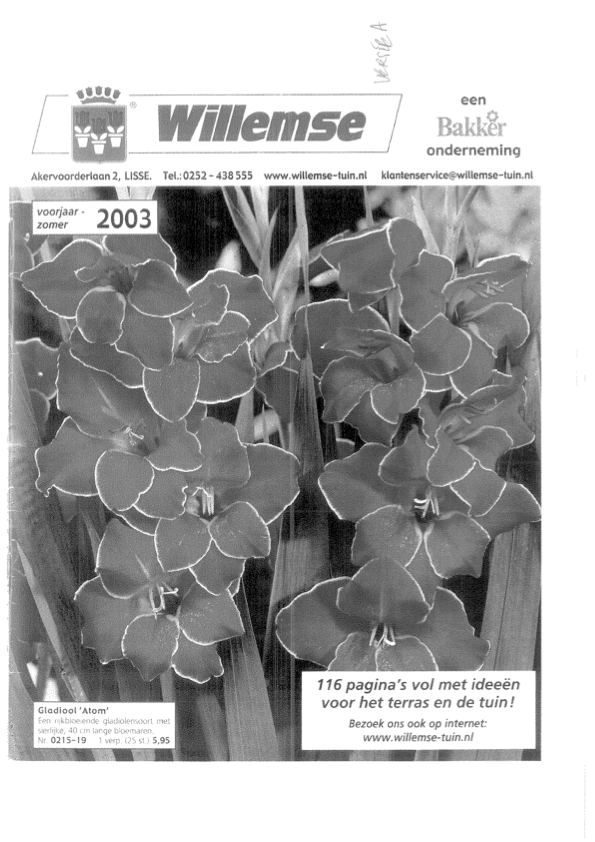Jaartalaanduiding 2006
.jpg) Gemeenschapsmerk. In de oppositieprocedure staat aanvrager van het gemeenschapswoordmerk QUALIFIER (voor banden van vervoersmiddelen verplaatsing te land, ter zee en in de lucht) tegenover houder van ouder Duits woord-, beeldmerken en gemeenschapswoordmerk QUALIFIERS 2006, QUALIFIERS 2008. De relatieve weigeringsgrond: verwarringsgevaar. Er is sprake van visueel sterke overeenstemming, auditieve overeenstemming is juist vastgesteld door de beroepskamer. Ondanks de toevoeging 2006, een zwak element vanwege het beschrijvende karakter ervan voor aanduiding van een jaartal, is er een hoge graad van overeenstemming. Het beroep wordt afgewezen en Dunlop wordt verwezen in de kosten.
Gemeenschapsmerk. In de oppositieprocedure staat aanvrager van het gemeenschapswoordmerk QUALIFIER (voor banden van vervoersmiddelen verplaatsing te land, ter zee en in de lucht) tegenover houder van ouder Duits woord-, beeldmerken en gemeenschapswoordmerk QUALIFIERS 2006, QUALIFIERS 2008. De relatieve weigeringsgrond: verwarringsgevaar. Er is sprake van visueel sterke overeenstemming, auditieve overeenstemming is juist vastgesteld door de beroepskamer. Ondanks de toevoeging 2006, een zwak element vanwege het beschrijvende karakter ervan voor aanduiding van een jaartal, is er een hoge graad van overeenstemming. Het beroep wordt afgewezen en Dunlop wordt verwezen in de kosten.
46 Im Übrigen drängt sich, wie die Beschwerdekammer festgestellt hat, die Dominanz des Wortbestandteils „Qualifiers“ im Gesamteindruck gegenüber der Angabe „2006“ trotz seiner schwachen Kennzeichnungskraft, die auf seiner beschreibenden Bedeutung beruht, unabhängig davon auf, welchen Sinn die maßgeblichen Verkehrskreise ihm beimessen. Nach der Rechtsprechung bedeutet nämlich eine etwaige schwache Kennzeichnungskraft eines Elements einer zusammengesetzten Marke nicht zwangsläufig, dass es kein dominierendes Element sein kann, da es sich insbesondere durch seine Position im Zeichen oder seine Größe der Wahrnehmung des Verbrauchers aufdrängen und seinem Gedächtnis einprägen kann (vgl. Urteil des Gerichts vom 13. Dezember 2007, Xentral/HABM – Pages jaunes [PAGESJAUNES.COM], T‑134/06, Slg. 2007, II‑5213, Randnr. 54 und die dort angeführte Rechtsprechung).
47 Somit weisen die einander gegenüberstehenden Zeichen einen hohen Grad begrifflicher Ähnlichkeit auf.
50 Angesichts der im vorliegenden Fall bestehenden Ähnlichkeiten ändert hieran nichts, dass die ältere Marke, wie von der Beschwerdekammer im Übrigen konstatiert, nur eine schwache Kennzeichnungskraft hat. Die Anerkennung einer schwachen Kennzeichnungskraft der älteren Marke steht nicht der Feststellung entgegen, dass im vorliegenden Fall Verwechslungsgefahr besteht. Denn auch wenn die Kennzeichnungskraft der älteren Marke bei der Beurteilung der Verwechslungsgefahr zu berücksichtigen ist, stellt sie doch nur einen der bei dieser Beurteilung zu berücksichtigenden Faktoren dar. Selbst wenn es also um eine ältere Marke mit schwacher Kennzeichnungskraft geht, kann, insbesondere wegen einer Ähnlichkeit der Zeichen sowie der betroffenen Waren oder Dienstleistungen, eine Gefahr von Verwechslungen gegeben sein (vgl. Urteil PAGESJAUNES.COM, oben in Randnr. 46 angeführt, Randnr. 70 und die dort angeführte Rechtsprechung).
51 Nach alledem ist der einzige Klagegrund der Klägerin zurückzuweisen und damit die vorliegende Klage insgesamt abzuweisen.
 Gemeenschapsmerk. In de oppositieprocedure staat aanvrager van het gemeenschapswoordmerk
Gemeenschapsmerk. In de oppositieprocedure staat aanvrager van het gemeenschapswoordmerk  In overeenstemming met artikel 99 Rules of Procedure heeft eiser het Gerecht EU verzocht om niet-voortzetting van de procedure. De verweerster heeft geen bezwaar hiertegen en conform artikel 87(5) dient de afbrekende partij de kosten te betalen. De president van het Gerecht EU schrapt de zaak van de rol en veroordeelt eiser in de kosten van de verwerende partij.
In overeenstemming met artikel 99 Rules of Procedure heeft eiser het Gerecht EU verzocht om niet-voortzetting van de procedure. De verweerster heeft geen bezwaar hiertegen en conform artikel 87(5) dient de afbrekende partij de kosten te betalen. De president van het Gerecht EU schrapt de zaak van de rol en veroordeelt eiser in de kosten van de verwerende partij. Merkenrecht. We beperken ons tot een maandelijks overzicht. Vandaag heeft het BBIE een serie oppositiebeslissingen gepubliceerd die wellicht de moeite waard zijn om door te nemen. In deze serie valt op dat alle opposities worden afgewezen, met uitzondering van de merken die identiek zijn.
Merkenrecht. We beperken ons tot een maandelijks overzicht. Vandaag heeft het BBIE een serie oppositiebeslissingen gepubliceerd die wellicht de moeite waard zijn om door te nemen. In deze serie valt op dat alle opposities worden afgewezen, met uitzondering van de merken die identiek zijn. Gemeenschapsmerk. Oppositieprocedure waar de aanvrager van gemeenschapsbeeldmerk
Gemeenschapsmerk. Oppositieprocedure waar de aanvrager van gemeenschapsbeeldmerk  In navolging van tussenvonnis met bewijsopdracht IEF
In navolging van tussenvonnis met bewijsopdracht IEF  Gemeenschapsmerken. Oppositieprocedure. Aanvrager gemeenschapswoordmerk ALIA (schoonmaakmiddelen, oliën, etc.) staat tegenover ouder gemeenschapsbeeldmerk ALAÏA PARIS (oliën, zepen, lotions). Relatieve weigeringsgrond: verwarringsgevaar.
Gemeenschapsmerken. Oppositieprocedure. Aanvrager gemeenschapswoordmerk ALIA (schoonmaakmiddelen, oliën, etc.) staat tegenover ouder gemeenschapsbeeldmerk ALAÏA PARIS (oliën, zepen, lotions). Relatieve weigeringsgrond: verwarringsgevaar. Prejudiciële vragen gesteld door Rechtbank van eerste aanleg te Antwerpen, België.
Prejudiciële vragen gesteld door Rechtbank van eerste aanleg te Antwerpen, België. Merkenrecht. Het aangemelde gemeenschapswoordmerk
Merkenrecht. Het aangemelde gemeenschapswoordmerk 





















































































